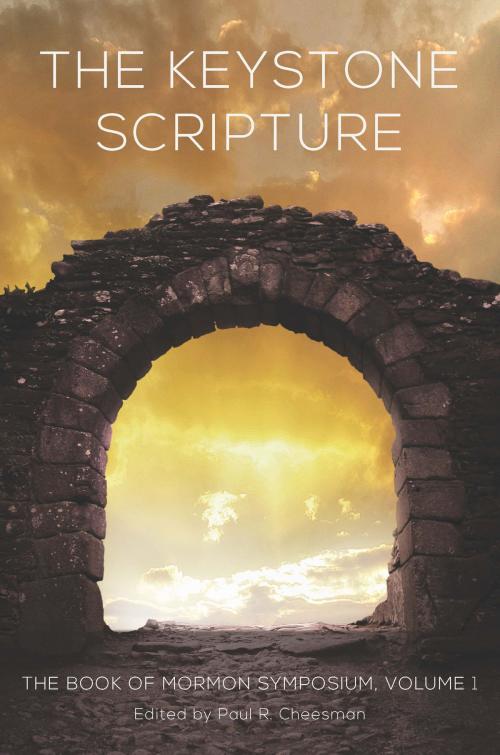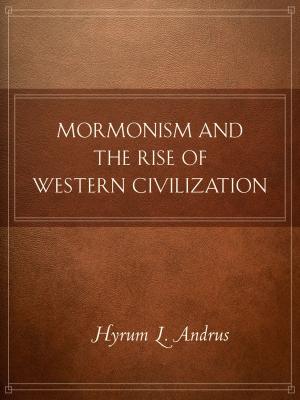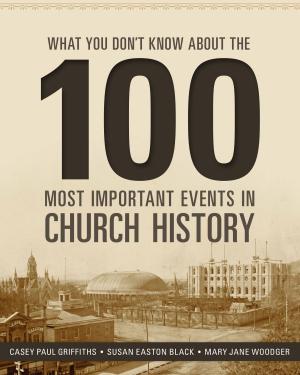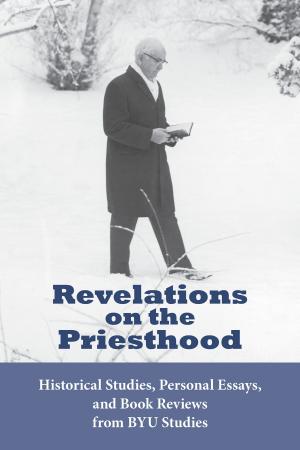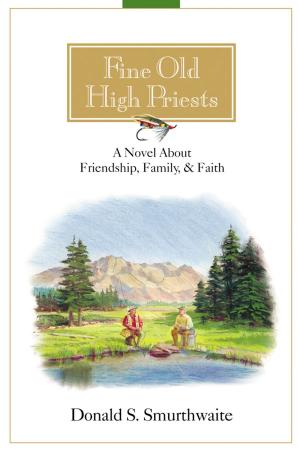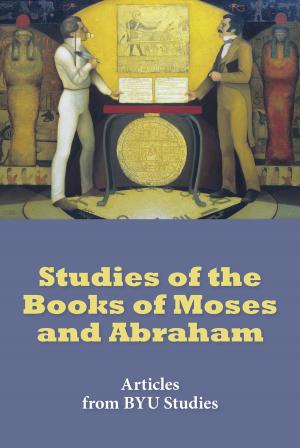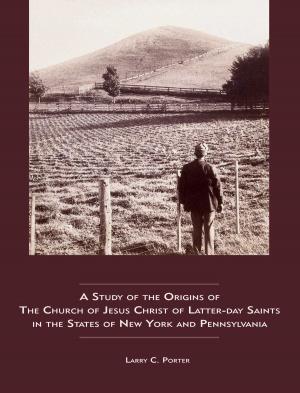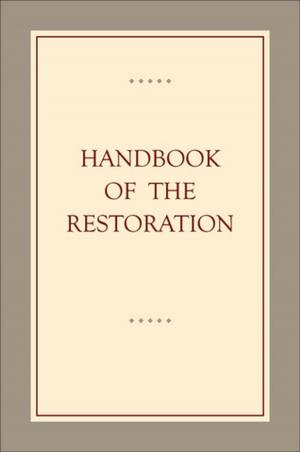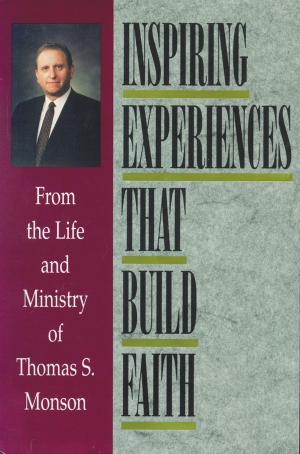| Author: | Paul R. Cheesman | ISBN: | 9781609084189 |
| Publisher: | Deseret Book Company | Publication: | October 29, 2012 |
| Imprint: | Deseret Book Company | Language: | English |
| Author: | Paul R. Cheesman |
| ISBN: | 9781609084189 |
| Publisher: | Deseret Book Company |
| Publication: | October 29, 2012 |
| Imprint: | Deseret Book Company |
| Language: | English |
Joseph Smith called it "the most correct... book on earth," and "the keystone of our religion." Both correctness and keystone are reflected in these papers presented at the Religious Studies Center's first annual Book of Mormon Symposium at Brigham Young University. Obviously the foremost consideration under either head is the book's message about Jesus Christ and his mission and teachings, and contributors address such topics in varying approaches. The entire Book of Mormon is shown to merit in every way the subtitle added to it in 1982—"Another Testament of Jesus Christ." Authors individually discuss what the book tells us about Jesus Christ, its central figure—his many names, his compassion and tenderness, how his atonement works, and his fulfillment of the world's desperate need for a Savior; the ministry of the Father and the Son, showing their separate but complementary roles and explaining the Book of Mormon statement that "they are one God"; the challenge the Book of Mormon offers and the claims, assertions, witnesses, and testimonies associated with it; the beginnings of Christianity in the Book of Mormon; the development of Christ's Church among the Nephites. Doctrinal concepts and spiritual concerns—the Savior's teaching and example—are the significant subjects of several chapters. Comparisons are made as to Book of Mormon, Bible, and traditional non-LDS teachings on doctrines of salvation such as the Fall, the Atonement, the resurrection, gospel ordinances, revelation, and justification. One chapter examines various types of fasting as recorded in the Bible and in the Book of Mormon; another addresses the principle of love and its manifestation in Nephite/Lamanite events; still another discusses the meanings and relationships of that eternally significant triad, faith, hope, and charity; and yet another finds Book of Mormon answers to the intriguing question, "Does obedience bring both spiritual and temporal prosperity?" An informative chapter details the transmission of the Book of Mormon from the translator to the printed text, setting forth early grammatical, orthographic, typographic, and other technical problems encountered, and outlining textual revisions made to solve them in later editions. Evidences and possibilities external to the Book of Mormon are represented by chapters on pre-Columbian Old World contacts with America, the many categories of evidence of such contacts, and their consequent influence on New World culture; plus a strong case made against the Bering Strait theory of American Indian origins.
Joseph Smith called it "the most correct... book on earth," and "the keystone of our religion." Both correctness and keystone are reflected in these papers presented at the Religious Studies Center's first annual Book of Mormon Symposium at Brigham Young University. Obviously the foremost consideration under either head is the book's message about Jesus Christ and his mission and teachings, and contributors address such topics in varying approaches. The entire Book of Mormon is shown to merit in every way the subtitle added to it in 1982—"Another Testament of Jesus Christ." Authors individually discuss what the book tells us about Jesus Christ, its central figure—his many names, his compassion and tenderness, how his atonement works, and his fulfillment of the world's desperate need for a Savior; the ministry of the Father and the Son, showing their separate but complementary roles and explaining the Book of Mormon statement that "they are one God"; the challenge the Book of Mormon offers and the claims, assertions, witnesses, and testimonies associated with it; the beginnings of Christianity in the Book of Mormon; the development of Christ's Church among the Nephites. Doctrinal concepts and spiritual concerns—the Savior's teaching and example—are the significant subjects of several chapters. Comparisons are made as to Book of Mormon, Bible, and traditional non-LDS teachings on doctrines of salvation such as the Fall, the Atonement, the resurrection, gospel ordinances, revelation, and justification. One chapter examines various types of fasting as recorded in the Bible and in the Book of Mormon; another addresses the principle of love and its manifestation in Nephite/Lamanite events; still another discusses the meanings and relationships of that eternally significant triad, faith, hope, and charity; and yet another finds Book of Mormon answers to the intriguing question, "Does obedience bring both spiritual and temporal prosperity?" An informative chapter details the transmission of the Book of Mormon from the translator to the printed text, setting forth early grammatical, orthographic, typographic, and other technical problems encountered, and outlining textual revisions made to solve them in later editions. Evidences and possibilities external to the Book of Mormon are represented by chapters on pre-Columbian Old World contacts with America, the many categories of evidence of such contacts, and their consequent influence on New World culture; plus a strong case made against the Bering Strait theory of American Indian origins.
